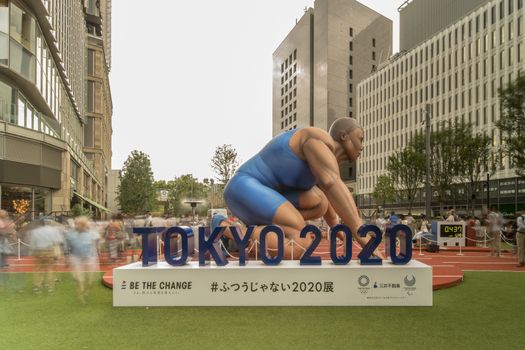- Filter By:
-
-
Stock photos and images of username:kuremo

Rear view of a red Japanese fire truck with its silver head
Stock PhotoUsername
kuremoResolution
7952x5304pxRear view of a red Japanese fire truck with its silver head


View of a red Japanese fire truck door with ideograms
Stock PhotoUsername
kuremoResolution
7952x5304pxView of a red Japanese fire truck door with ideograms
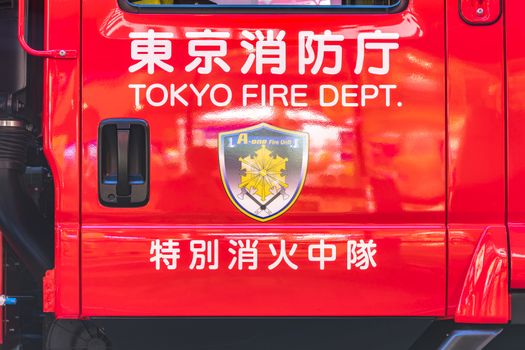

View of the control station of the water pressure valves
Stock PhotoUsername
kuremoResolution
7952x5304pxView of the control station of the water pressure valves


View of a red Japanese fire truck door handle with ideograms
Stock PhotoUsername
kuremoResolution
7952x5304pxView of a red Japanese fire truck door handle with ideograms


View of the control station of the water pressure valves
Stock PhotoUsername
kuremoResolution
7952x5304pxView of the control station of the water pressure valves


Rear view of a red Japanese fire truck with its lit traffic lights
Stock PhotoUsername
kuremoResolution
7952x5304pxRear view of a red Japanese fire truck with its lit traffic lights
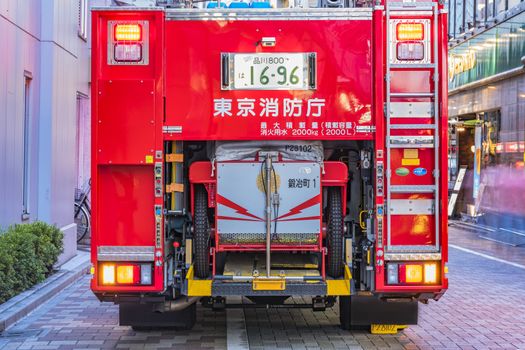

Underpass with metal pillar and blue entrance gate
Stock PhotoUsername
kuremoResolution
7947x6207pxUnderpass with metal pillar and blue entrance gate


Night panoramic view of Marunouchi side of Tokyo railway station
Stock PhotoUsername
kuremoResolution
5566x3713pxNight panoramic view of Marunouchi side of Tokyo railway station


Night panoramic view of Marunouchi side of Tokyo railway station
Stock PhotoUsername
kuremoResolution
5566x3713pxNight panoramic view of Marunouchi side of Tokyo railway station


Panoramic night view of Marunouchi side of Tokyo railway station
Stock PhotoUsername
kuremoResolution
5166x3691pxPanoramic night view of Marunouchi side of Tokyo railway station


Night view of Marunouchi side of Tokyo railway station
Stock PhotoUsername
kuremoResolution
5534x3691pxNight view of Marunouchi side of Tokyo railway station


Night view on Marunouchi side of Tokyo railway station
Stock PhotoUsername
kuremoResolution
7896x5266pxNight view on Marunouchi side of Tokyo railway station
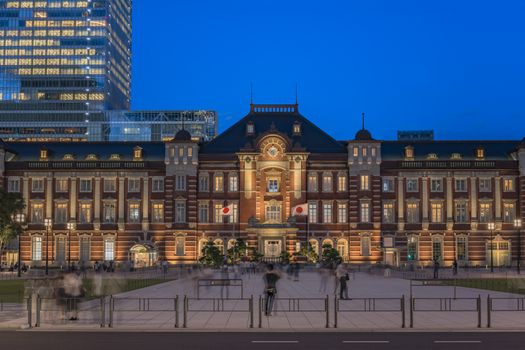

Marunouchi side of Tokyo railway station in the Chiyoda City
Stock PhotoUsername
kuremoResolution
7811x5581pxMarunouchi side of Tokyo railway station in the Chiyoda City


Marunouchi side of Tokyo railway station in the Chiyoda City
Stock PhotoUsername
kuremoResolution
7807x5157pxMarunouchi side of Tokyo railway station in the Chiyoda City
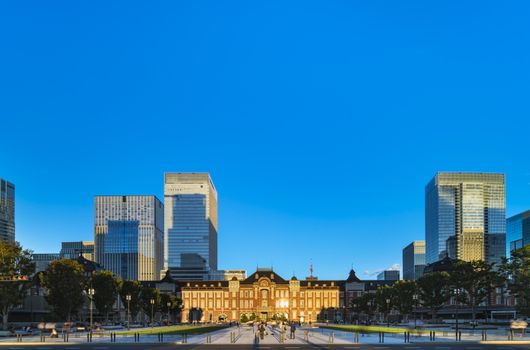

Marunouchi side of Tokyo railway station in the Chiyoda City
Stock PhotoUsername
kuremoResolution
5139x3428pxMarunouchi side of Tokyo railway station in the Chiyoda City


Wrought iron gate with floral motifs at Marunouchi side of Tokyo
Stock PhotoUsername
kuremoResolution
4771x3182pxWrought iron gate with floral motifs at Marunouchi side of Tokyo


High speed Shinkansen N700 train arriving in the Tokyo railway
Stock PhotoUsername
kuremoResolution
4916x3280pxHigh speed Shinkansen N700 train arriving in the Tokyo railway


High speed Japanese Shinkansen E7 and N777 trains
Stock PhotoUsername
kuremoResolution
5807x3206pxHigh speed Japanese Shinkansen E7 and N777 trains


Marunouchi side of Tokyo railway station in the Chiyoda City
Stock PhotoUsername
kuremoResolution
6362x4243pxMarunouchi side of Tokyo railway station in the Chiyoda City

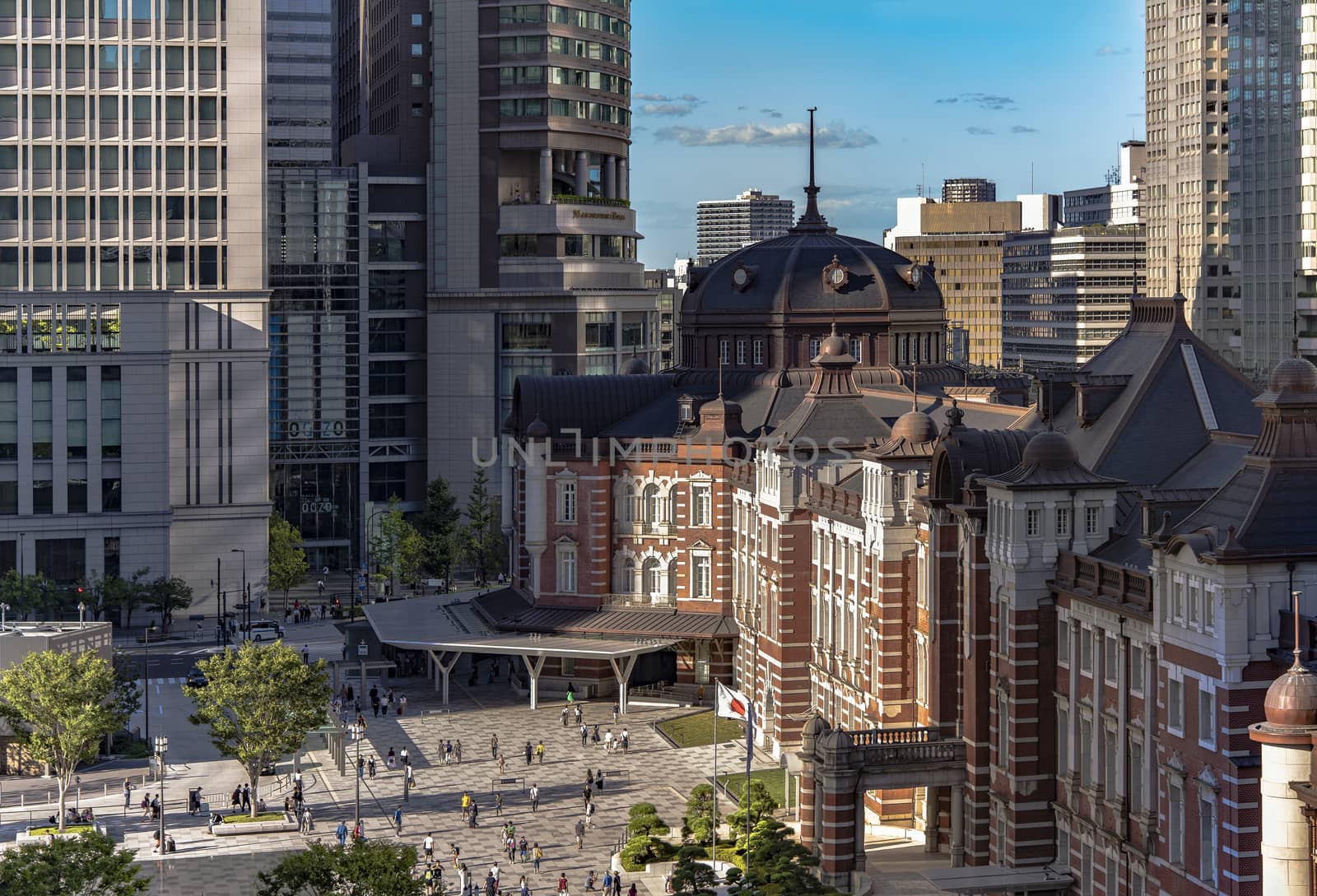
Marunouchi side of Tokyo railway station in the Chiyoda City
Stock PhotoUsername
kuremoResolution
5028x3422pxMarunouchi side of Tokyo railway station in the Chiyoda City

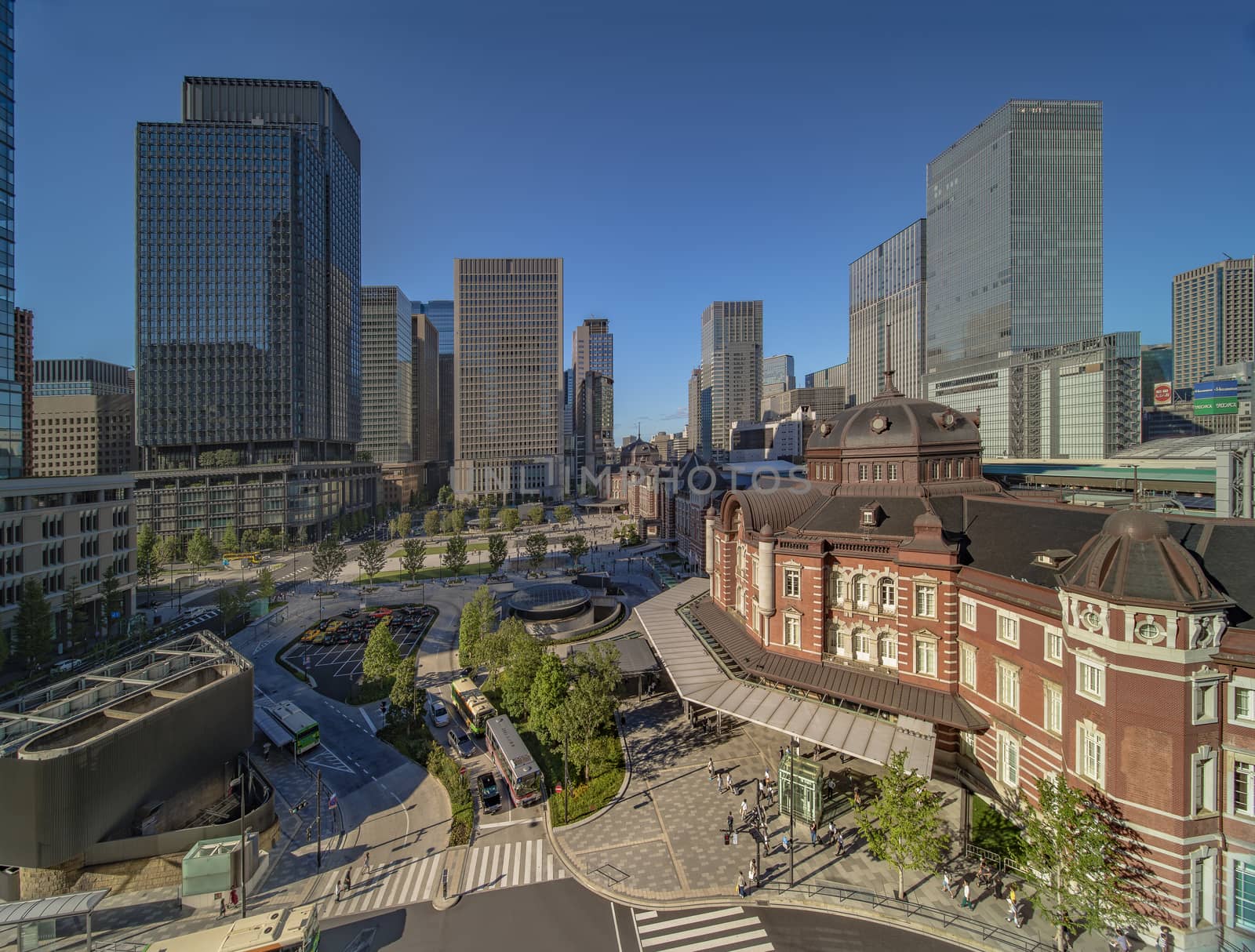
Marunouchi side of Tokyo railway station in the Chiyoda City
Stock PhotoUsername
kuremoResolution
4616x3502pxMarunouchi side of Tokyo railway station in the Chiyoda City

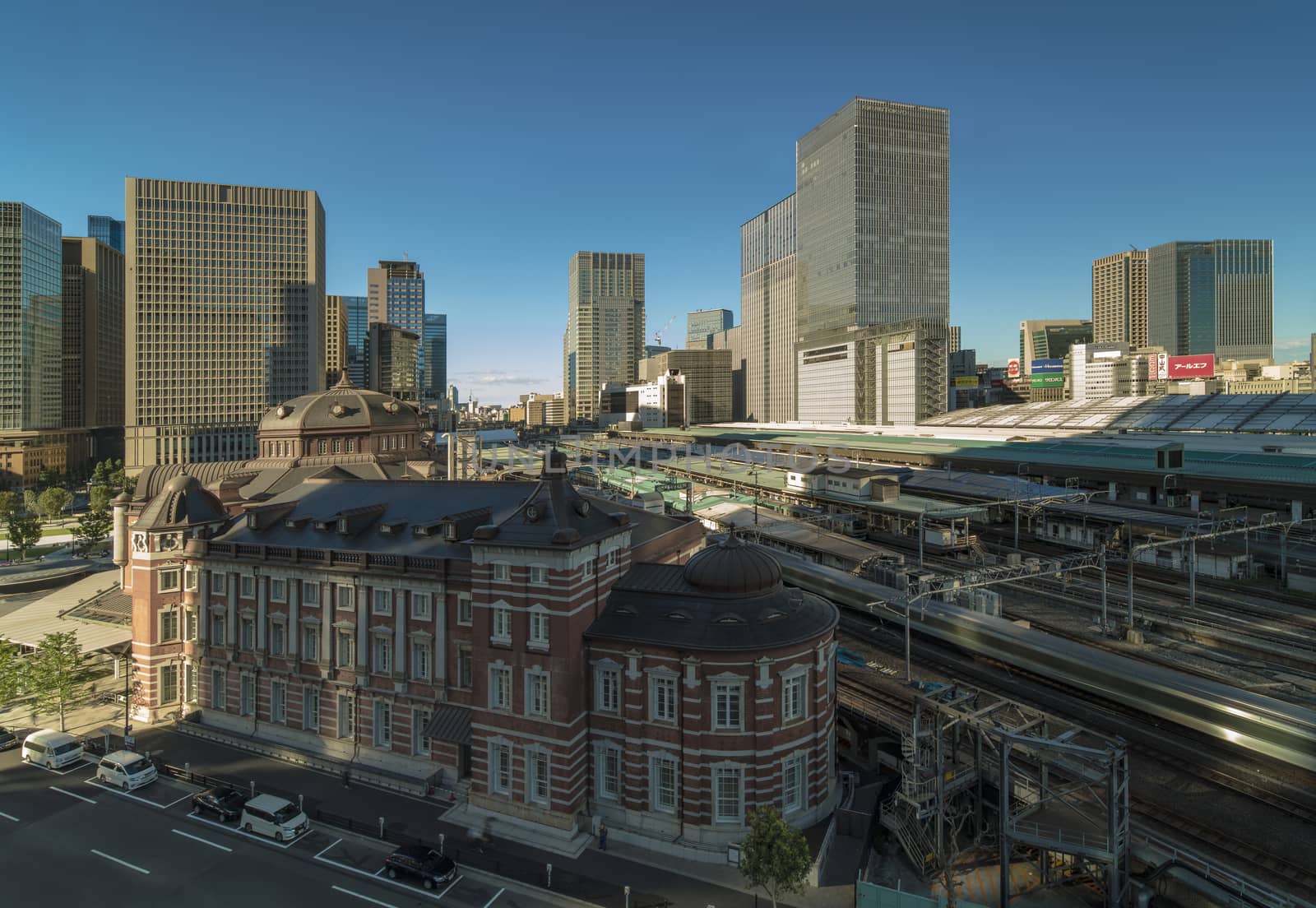
Marunouchi side of Tokyo railway station in the Chiyoda City
Stock PhotoUsername
kuremoResolution
8594x5930pxMarunouchi side of Tokyo railway station in the Chiyoda City

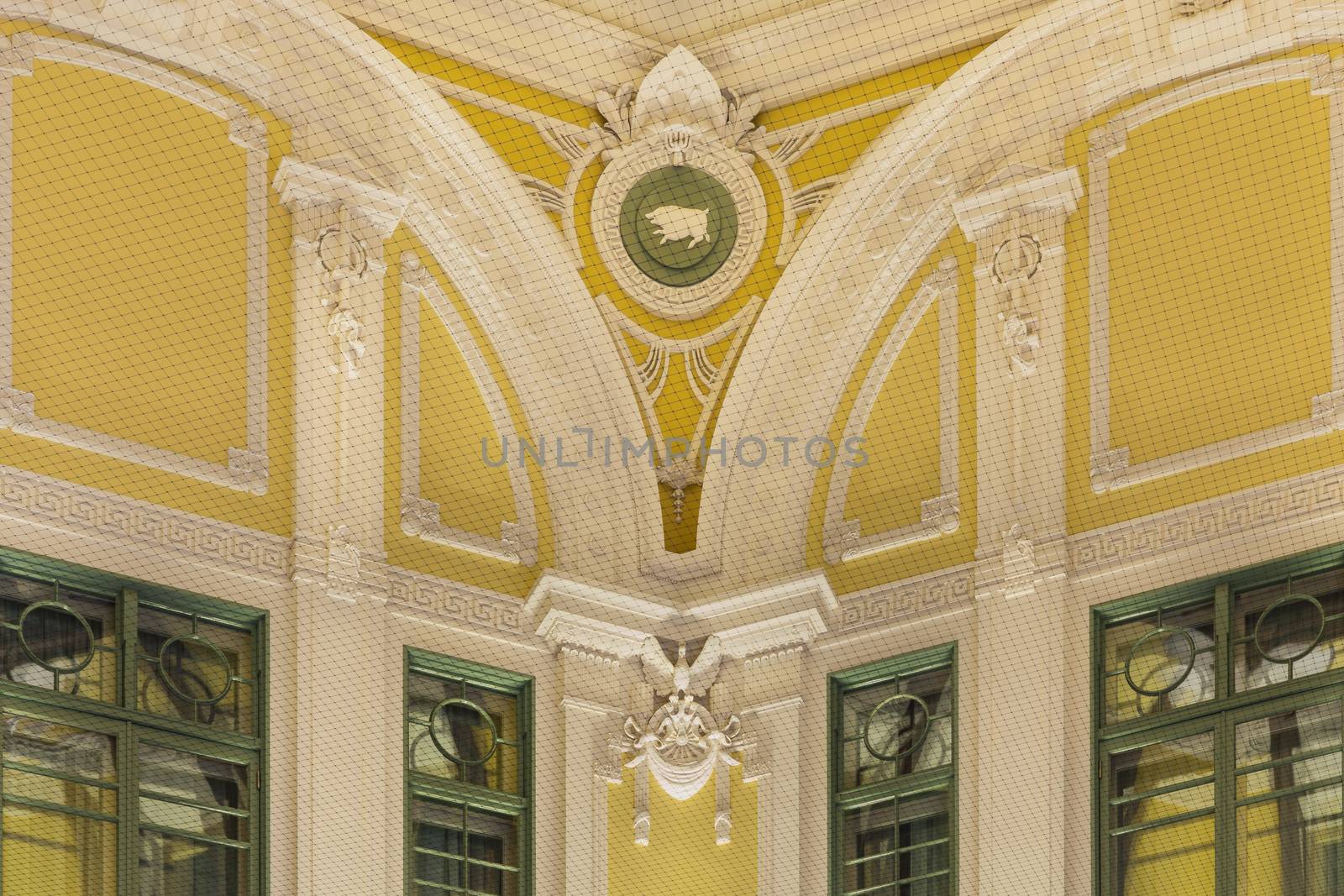
Ceiling of the dome of the Marunouchi North exit of the Tôkyô
Stock PhotoUsername
kuremoResolution
7952x5304pxCeiling of the dome of the Marunouchi North exit of the Tôkyô

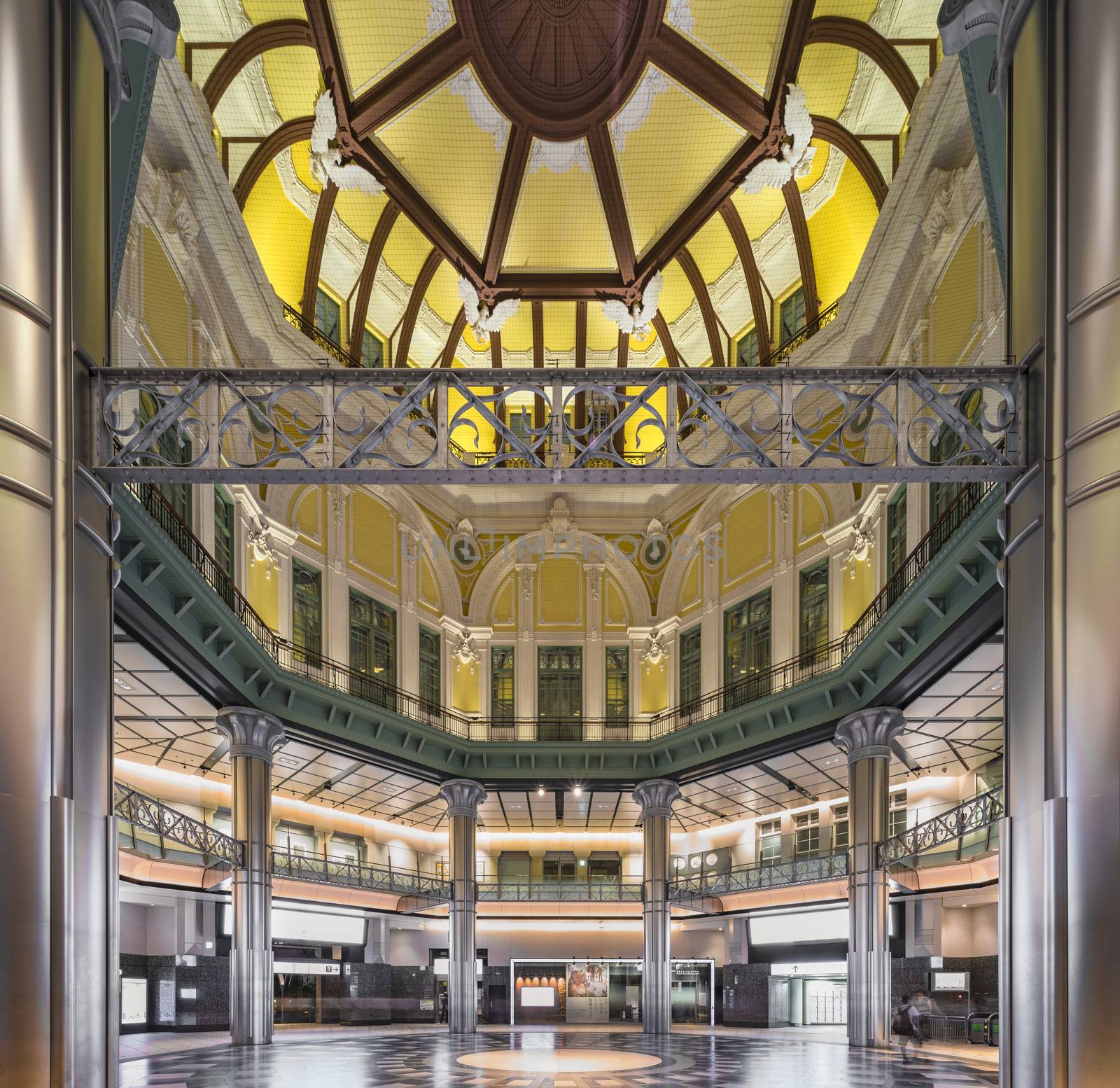
Ceiling of the dome of the Marunouchi North exit of the Tôkyô
Stock PhotoUsername
kuremoResolution
7616x7398pxCeiling of the dome of the Marunouchi North exit of the Tôkyô


Ceiling of the dome of the Marunouchi North exit of the Tôkyô
Stock PhotoUsername
kuremoResolution
7686x5126pxCeiling of the dome of the Marunouchi North exit of the Tôkyô
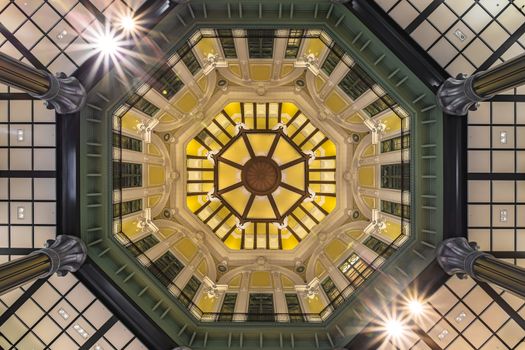
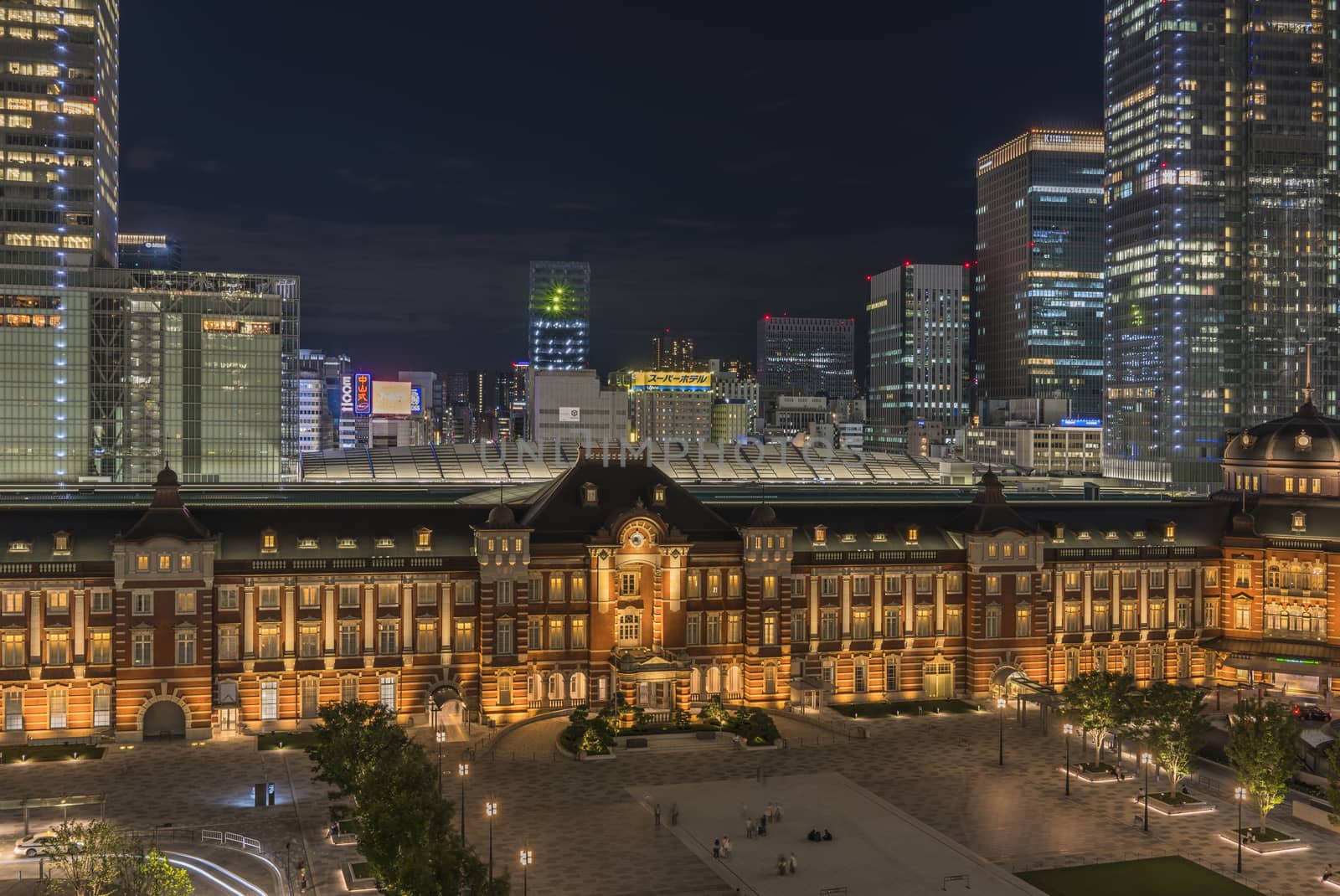
Night view of Marunouchi side of Tokyo railway station
Stock PhotoUsername
kuremoResolution
7918x5296pxNight view of Marunouchi side of Tokyo railway station


Night view of Marunouchi side of Tokyo railway station
Stock PhotoUsername
kuremoResolution
7952x5304pxNight view of Marunouchi side of Tokyo railway station
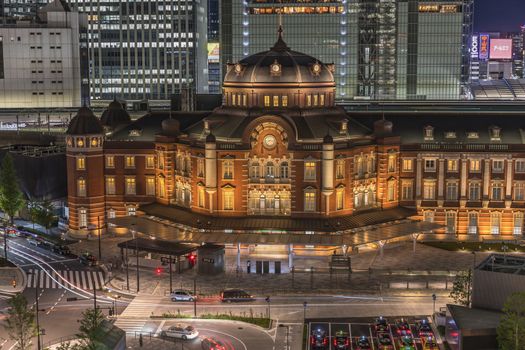
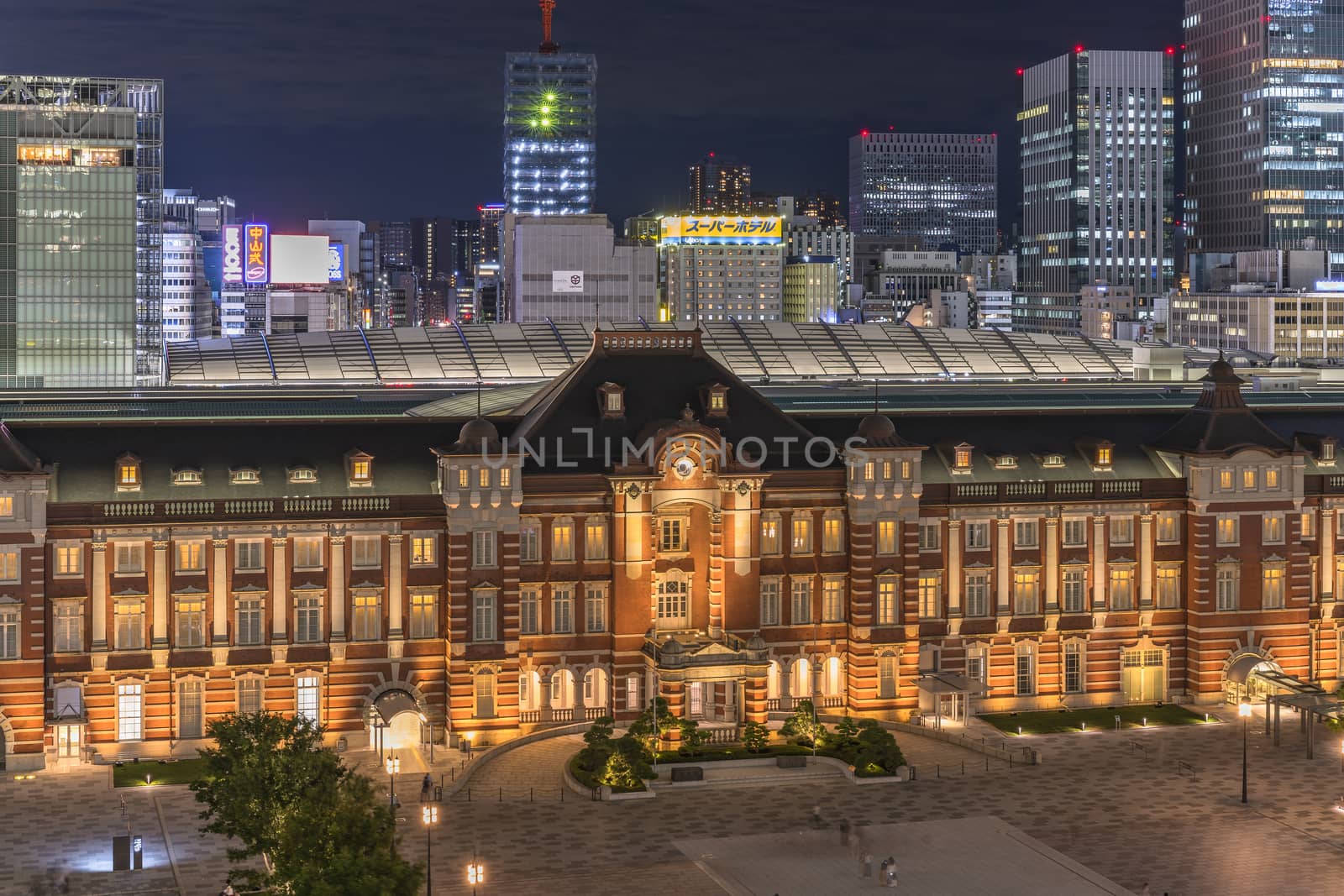
Night view of Marunouchi side of Tokyo railway station
Stock PhotoUsername
kuremoResolution
4771x3182pxNight view of Marunouchi side of Tokyo railway station

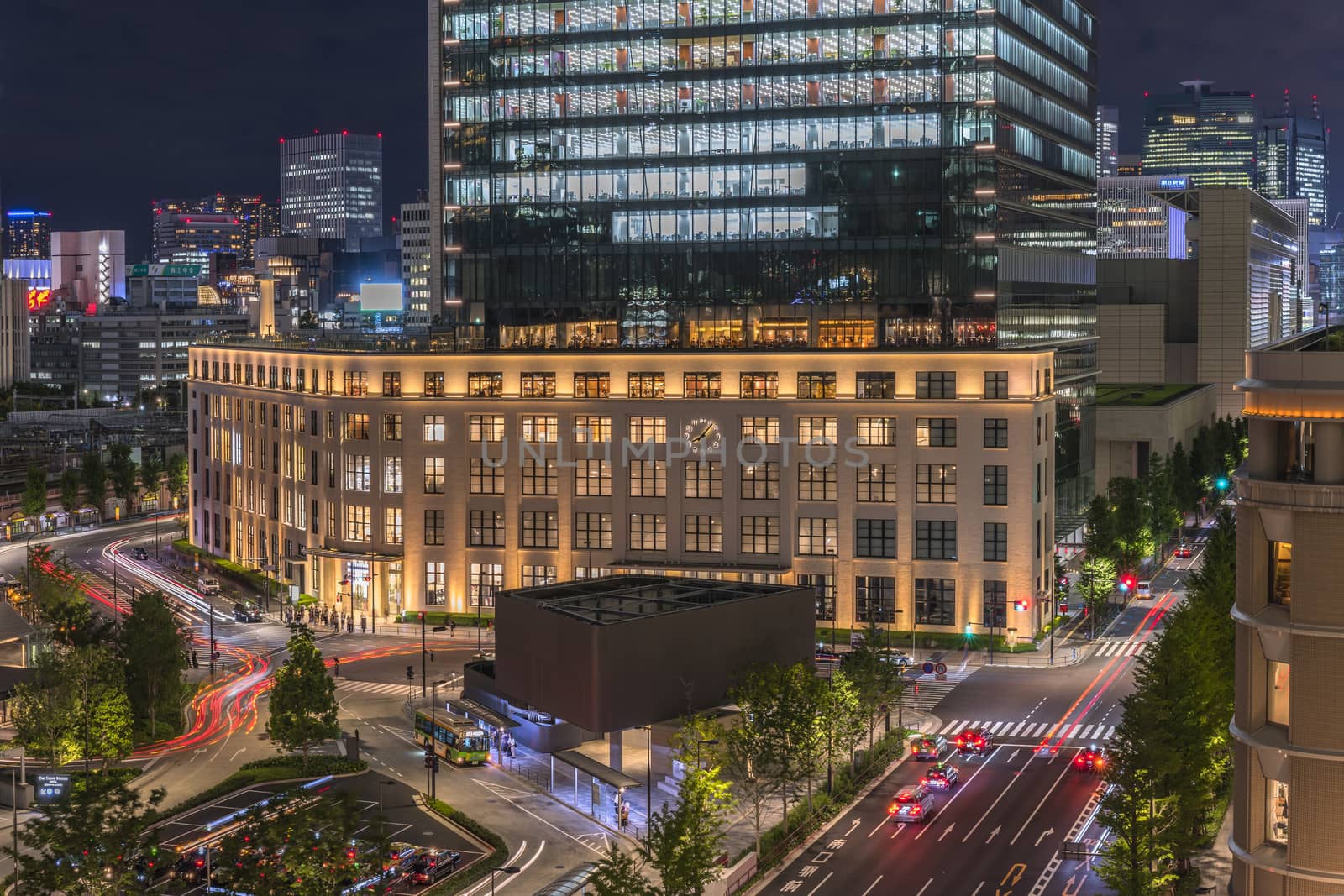
Night view of KITTE commercial facility building
Stock PhotoUsername
kuremoResolution
7538x5028pxNight view of KITTE commercial facility building


Night view of Marunouchi side of Tokyo railway station
Stock PhotoUsername
kuremoResolution
6362x4243pxNight view of Marunouchi side of Tokyo railway station
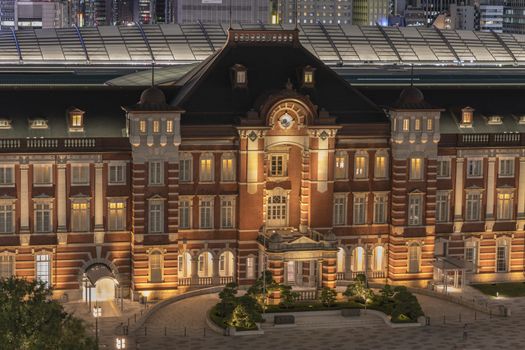

Inside view of Tokyo International Forum built in 1996
Stock PhotoUsername
kuremoResolution
7952x5304pxInside view of Tokyo International Forum built in 1996
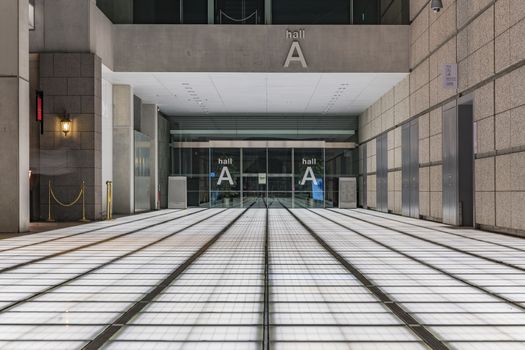

Inside view of Tokyo International Forum built in 1996
Stock PhotoUsername
kuremoResolution
7952x5304pxInside view of Tokyo International Forum built in 1996
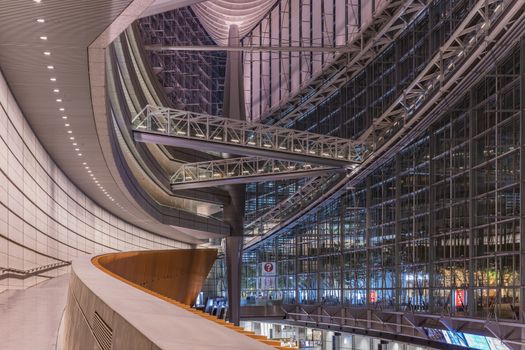

Night view of Yurakucho Concourse underpass
Stock PhotoUsername
kuremoResolution
7854x5238pxNight view of Yurakucho Concourse underpass
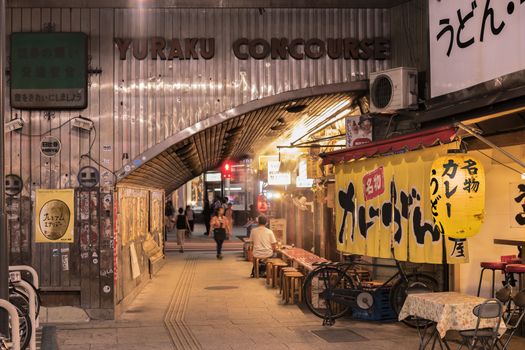
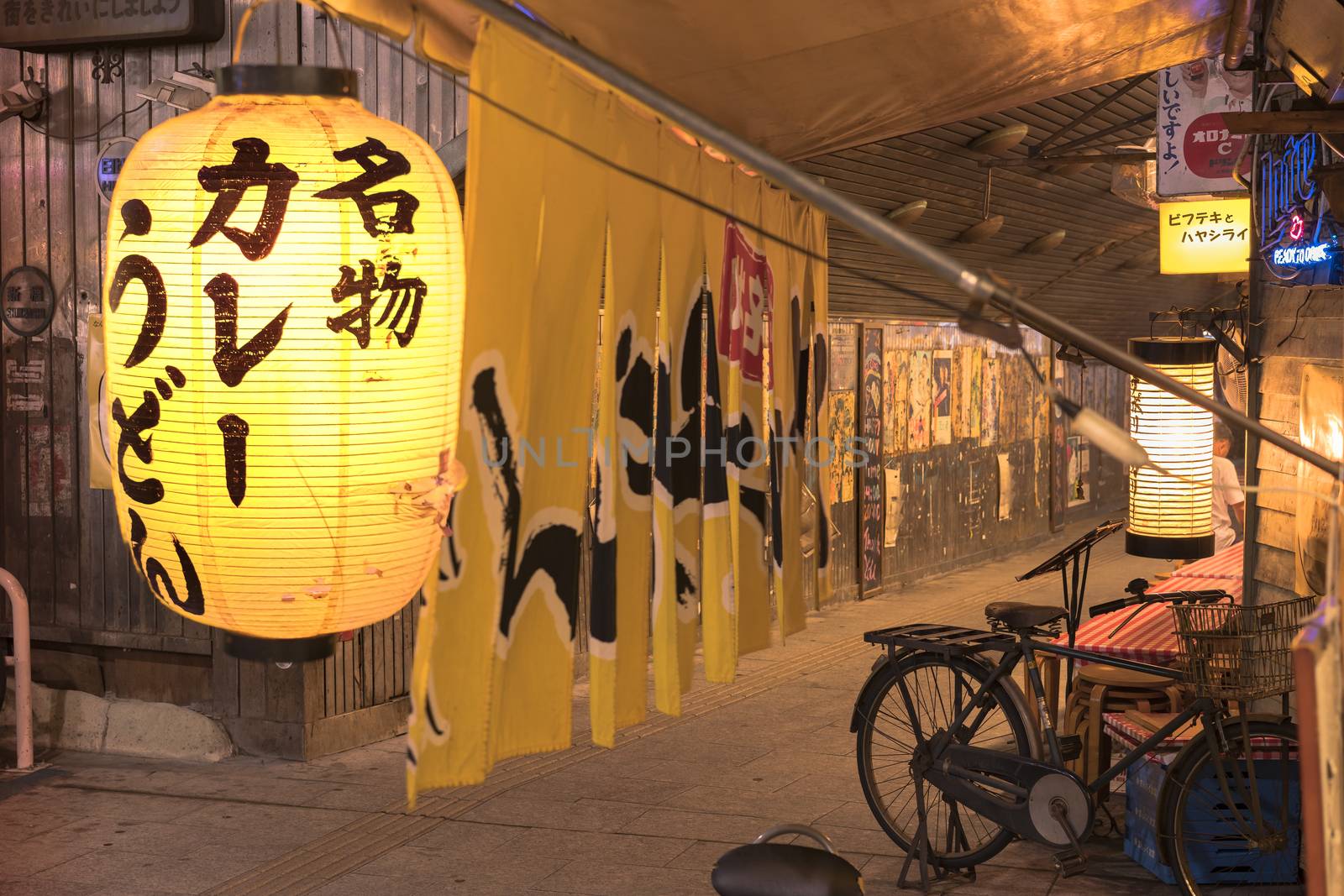
Night view of a traditional retro yellow rice paper lantern
Stock PhotoUsername
kuremoResolution
7952x5304pxNight view of a traditional retro yellow rice paper lantern


Night view of a traditional retro yellow rice paper lantern
Stock PhotoUsername
kuremoResolution
7952x5304pxNight view of a traditional retro yellow rice paper lantern
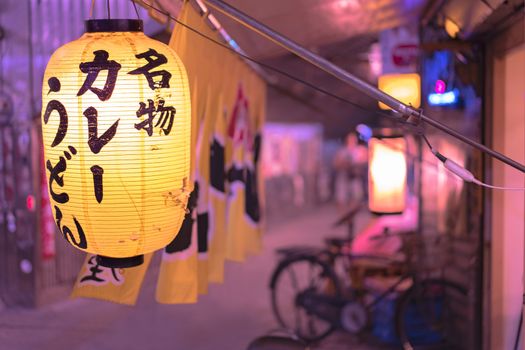
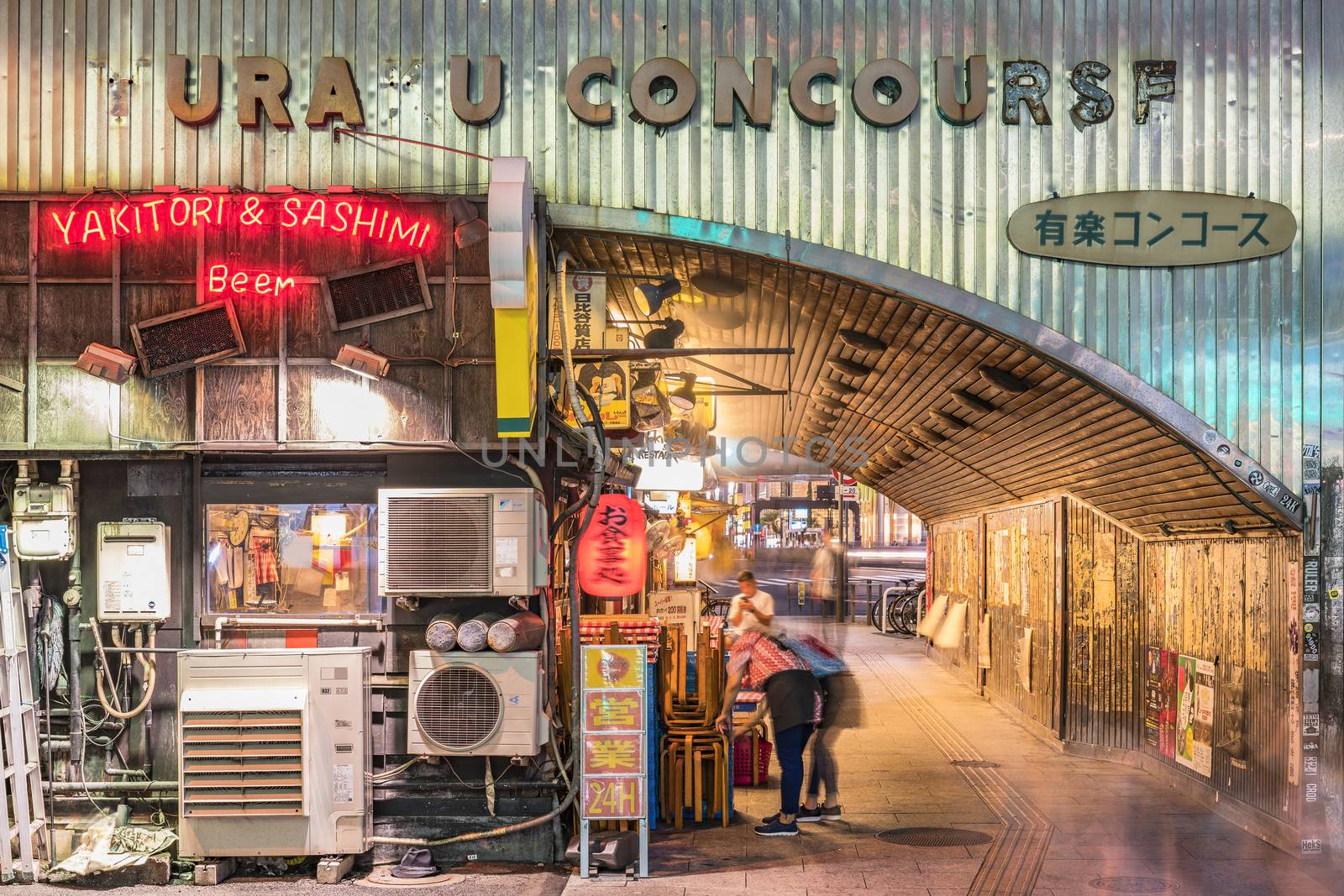
Night view of the Yurakucho Concourse underpass
Stock PhotoUsername
kuremoResolution
7952x5304pxNight view of the Yurakucho Concourse underpass

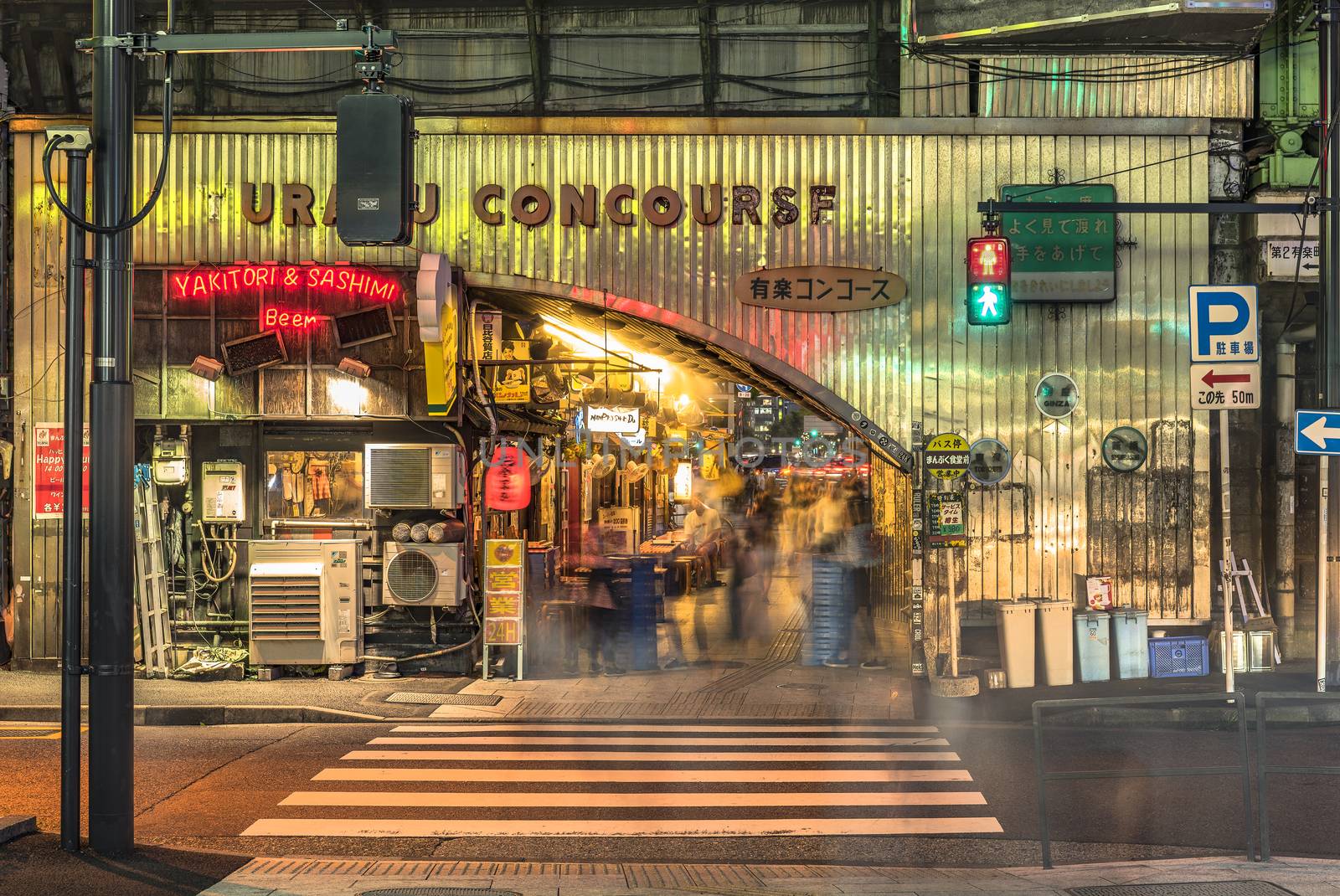
Night view of the Yurakucho Concourse underpass
Stock PhotoUsername
kuremoResolution
6373x4261pxNight view of the Yurakucho Concourse underpass


Night view of the Harumi street leading to Ginza district
Stock PhotoUsername
kuremoResolution
7952x5304pxNight view of the Harumi street leading to Ginza district
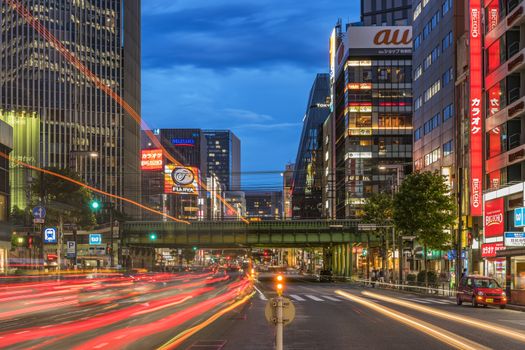
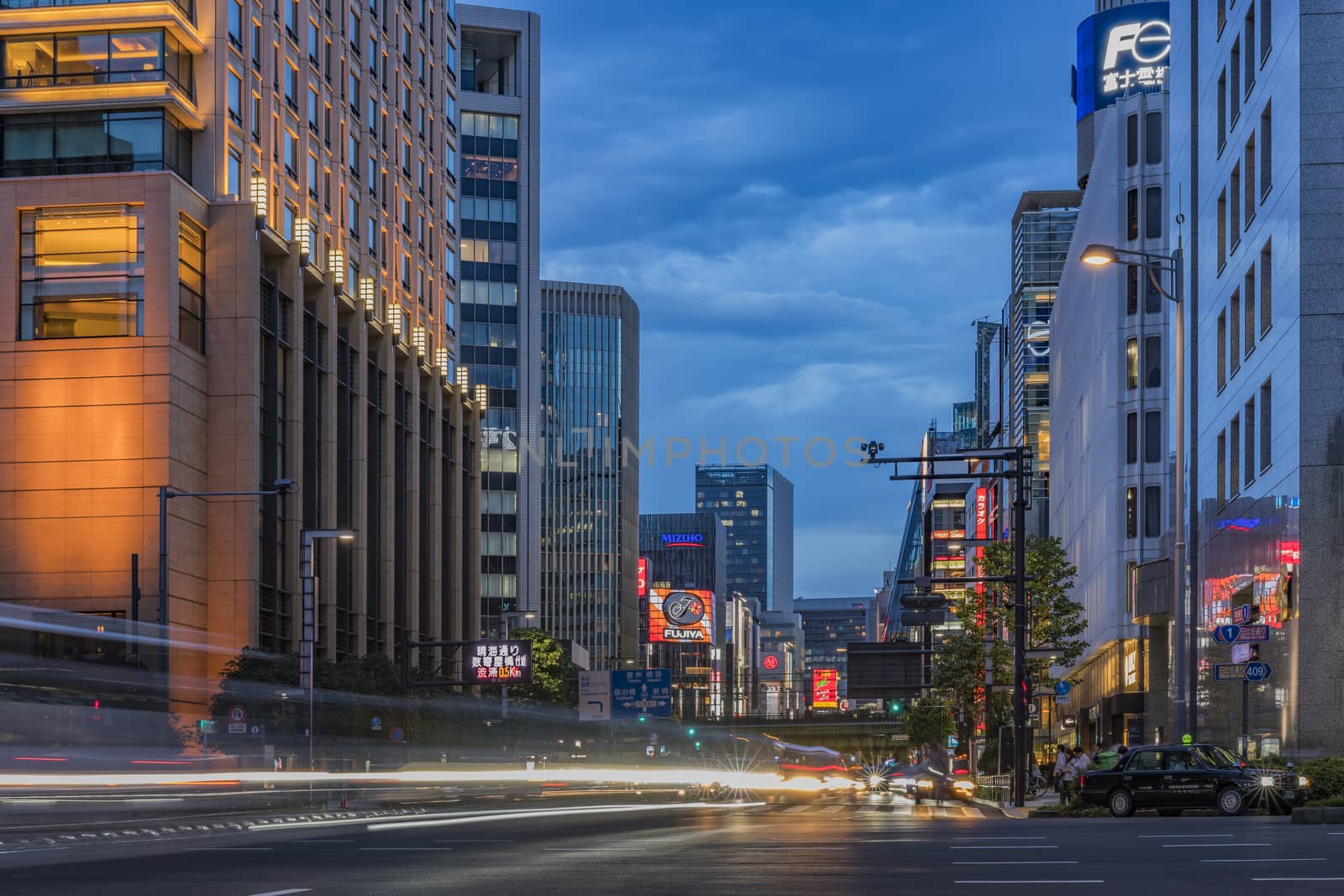
Night view of the crossing intersection of Hibiya Street
Stock PhotoUsername
kuremoResolution
7952x5304pxNight view of the crossing intersection of Hibiya Street


Pine tree and Japanese heron in the Shinji Pond
Stock PhotoUsername
kuremoResolution
8028x5314pxPine tree and Japanese heron in the Shinji Pond
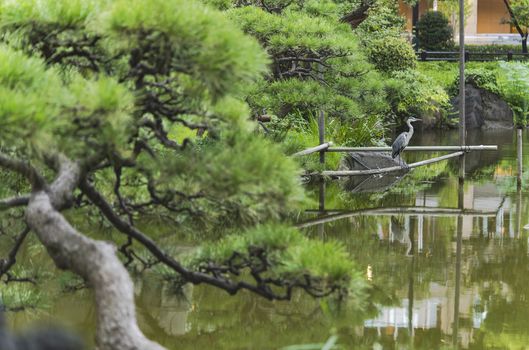
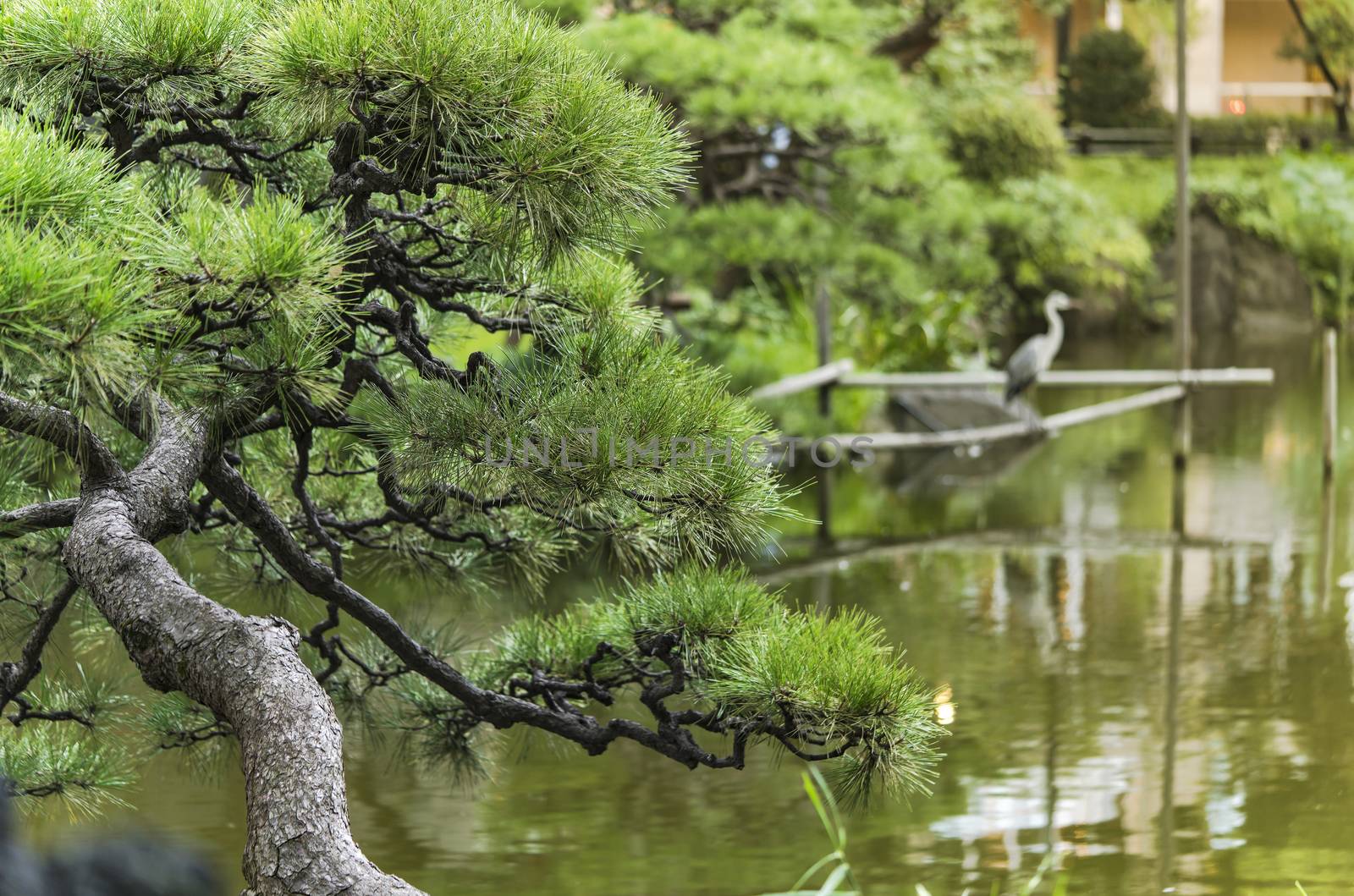
Pine tree and Japanese heron in the Shinji Pond
Stock PhotoUsername
kuremoResolution
8028x5314pxPine tree and Japanese heron in the Shinji Pond


Japanese heron in the Shinji Pond in the public garden of Hibiya
Stock PhotoUsername
kuremoResolution
7952x5304pxJapanese heron in the Shinji Pond in the public garden of Hibiya
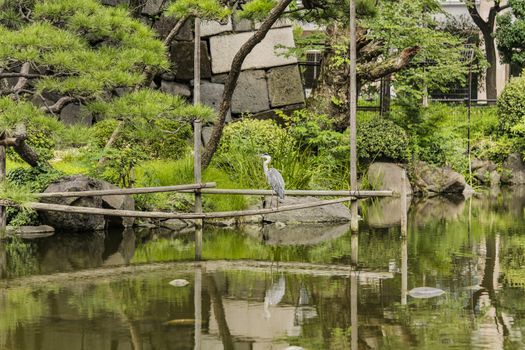
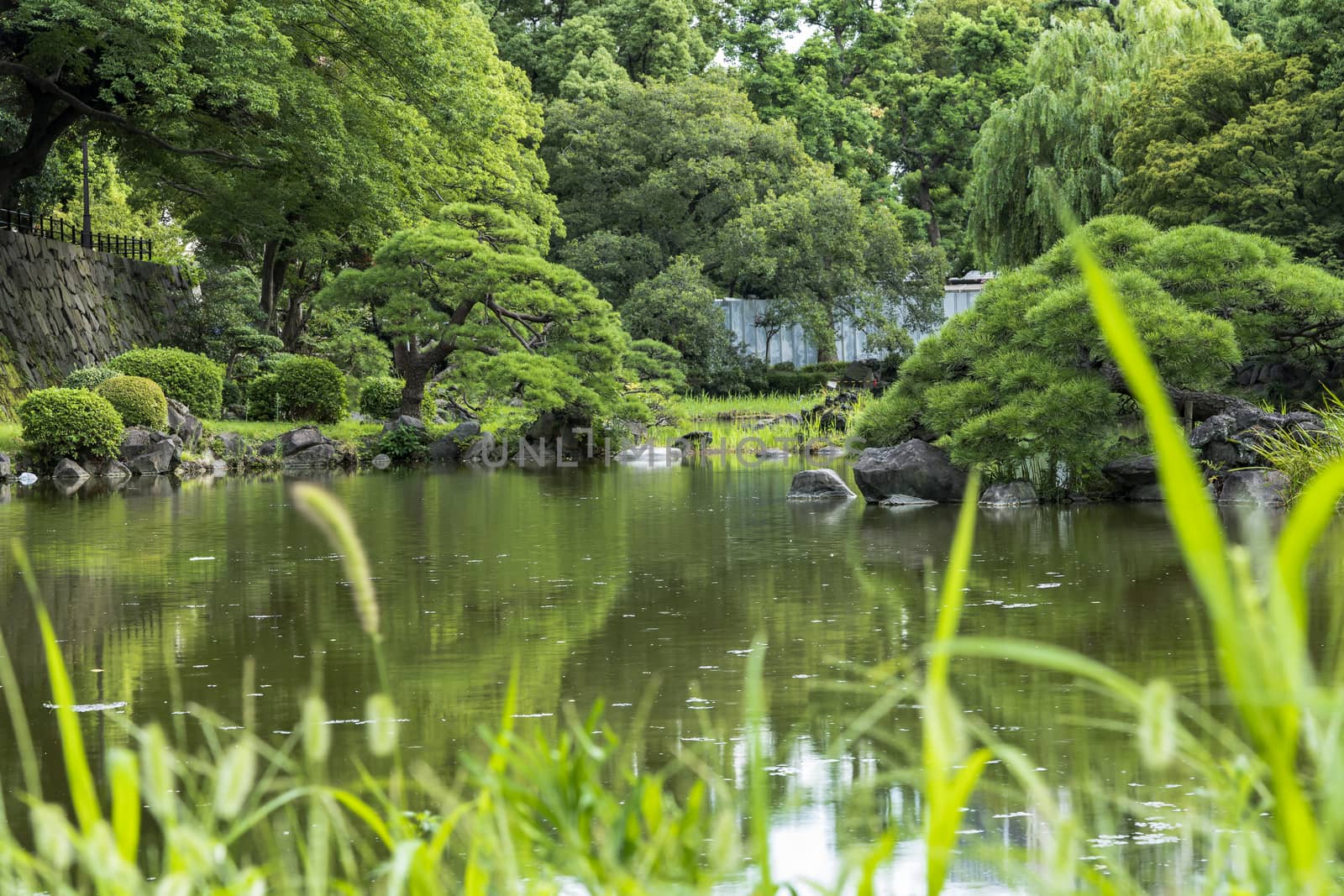
Shinji Pond in the public garden of Hibiya Park
Stock PhotoUsername
kuremoResolution
7952x5304pxShinji Pond in the public garden of Hibiya Park


Shinji Pond in the public garden of Hibiya Park
Stock PhotoUsername
kuremoResolution
7952x5304pxShinji Pond in the public garden of Hibiya Park
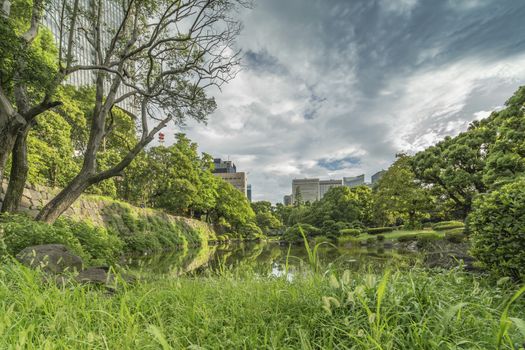

Shinji Pond in the public garden of Hibiya Park
Stock PhotoUsername
kuremoResolution
7952x5304pxShinji Pond in the public garden of Hibiya Park
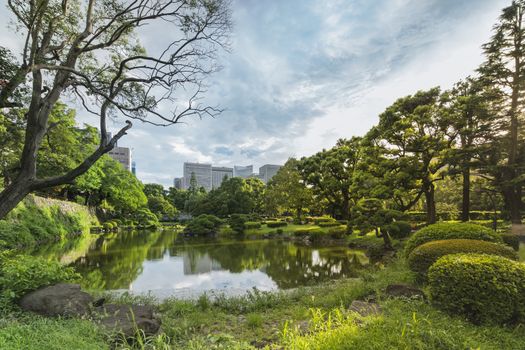
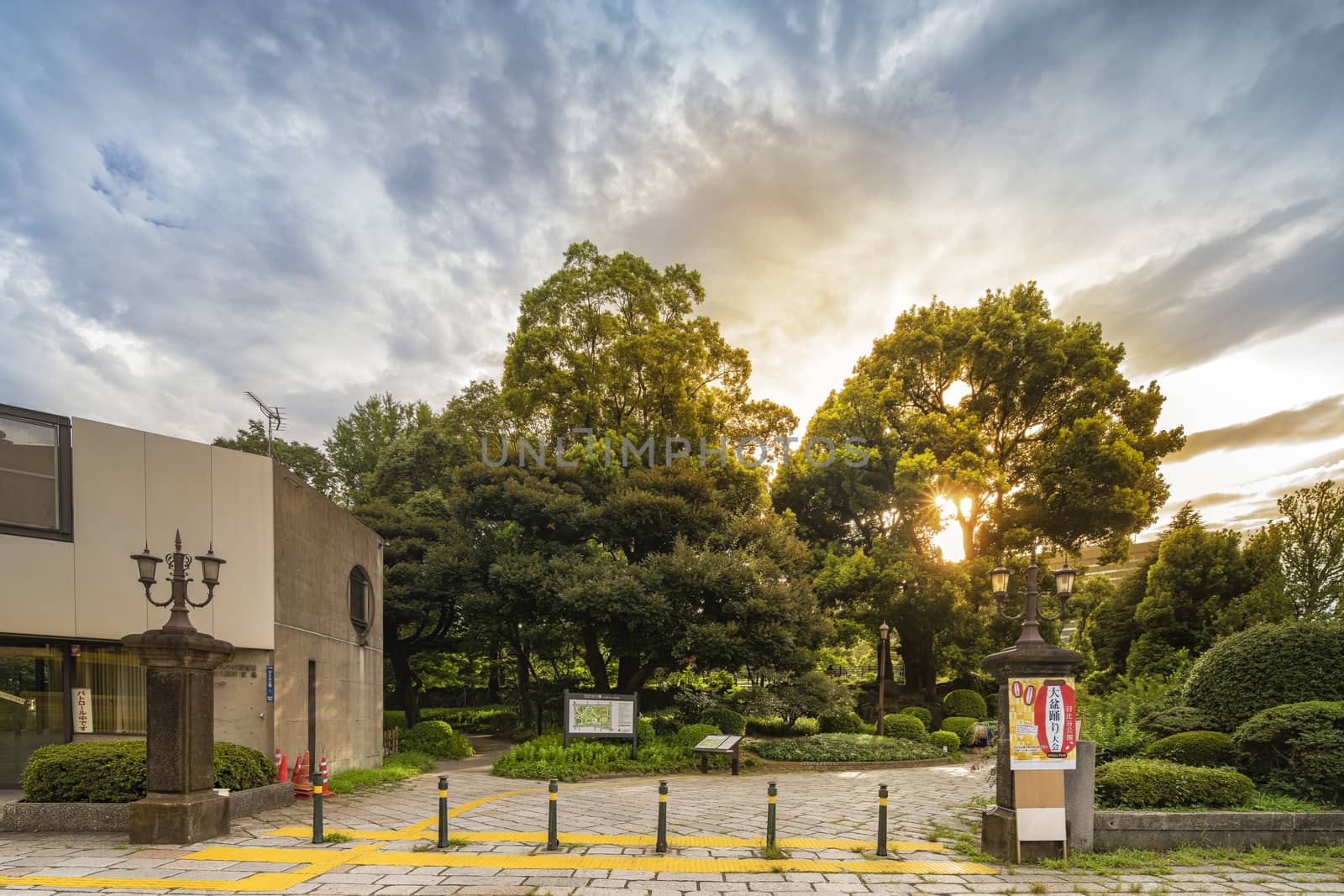
Sunset sky on the entrance of the Hibiya Park
Stock PhotoUsername
kuremoResolution
7952x5304pxSunset sky on the entrance of the Hibiya Park


Statue of the Godzilla radioactive monster
Stock PhotoUsername
kuremoResolution
7952x5304pxStatue of the Godzilla radioactive monster
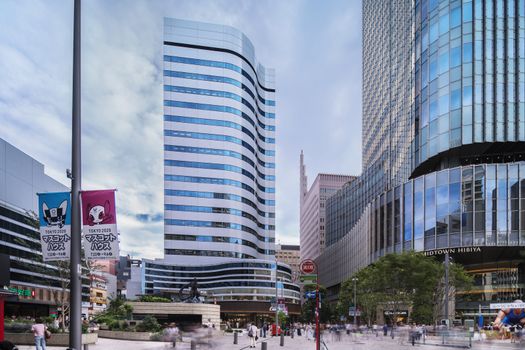

Statue of the Godzilla radioactive monster
Stock PhotoUsername
kuremoResolution
7952x5304pxStatue of the Godzilla radioactive monster
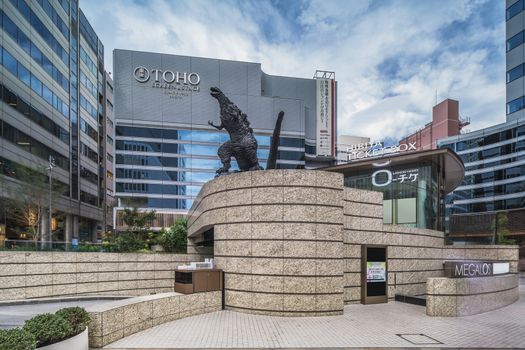

TOKYO, JAPAN - August 16, 2018: Event "Be the change Tokyo 2020"
Stock PhotoUsername
kuremoResolution
7952x5304pxTOKYO, JAPAN - August 16, 2018: Event "Be the change Tokyo 2020"


TOKYO, JAPAN - August 16, 2018: Event "Be the change Tokyo 2020"
Stock PhotoUsername
kuremoResolution
7952x5304pxTOKYO, JAPAN - August 16, 2018: Event "Be the change Tokyo 2020"
